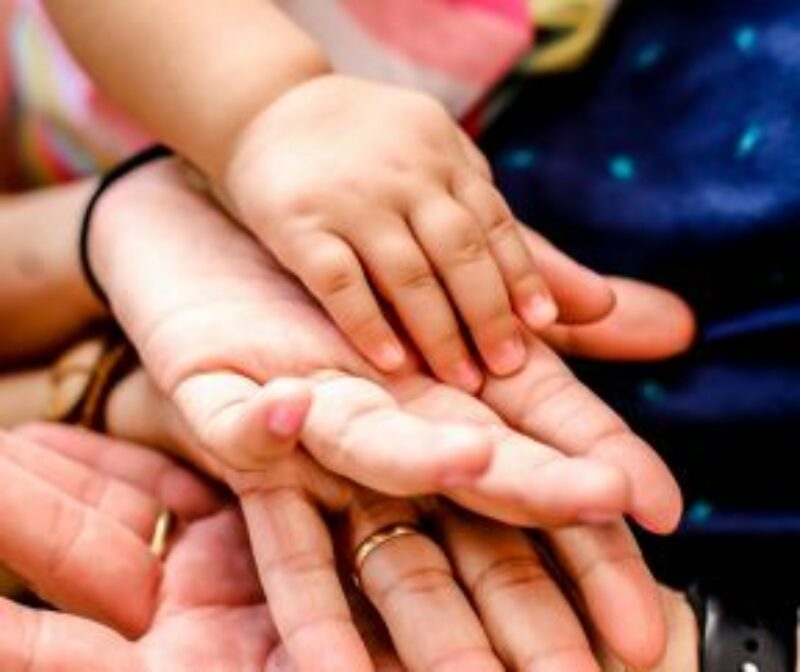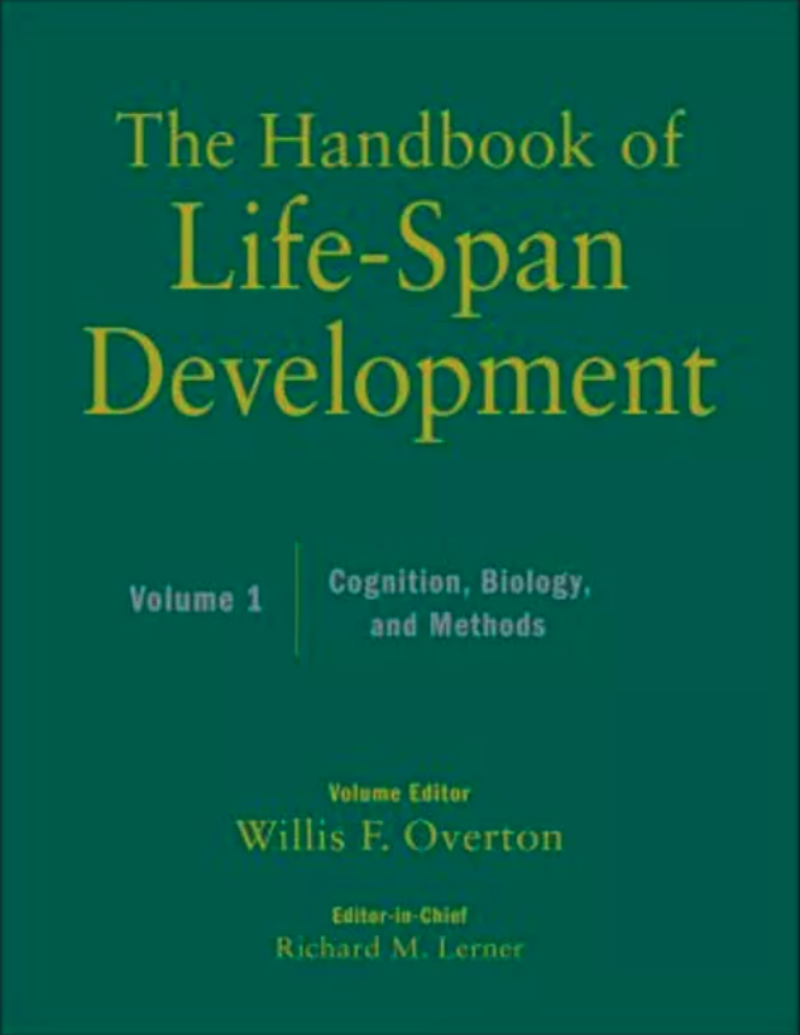Topic Archive
Thriving
Spirituality

Research Link
Religion, Spirituality, Positive Youth Development, and Thriving
Citation King, P.E., Carr, A. & Boitor, C. (2011). Religion, Spirituality, Positive Youth Development, and Thriving. In R. M. Lerner, J. V. Lerner, and J. B. Benson (Eds.), Advances in Child Development and Behavior: Vol. 41. Positive youth development: Research and applications for promoting thriving in adolescence. Amsterdam: Elsevier Press. Abstract Issues of spirituality and thriving are pertinent to the period of adolescence given the marked changes in body, mind, and relationships. In order to provide an overview of the relationship between religion, spirituality, and positive youth development, this chapter offers a developmental systems perspective and proposes a relational spirituality...
Thriving

Research Link
Thriving Across the Life Span
Citation Bundick, M. J., Yeager, D. S., King, P. E., & Damon, W. (2010). Thriving across the life span. In W. F. Overton, & R. M. Lerner (Eds.), The Handbook of Life-Span Development, Vol. 1. Cognition, biology, and methods (pp. 882-923). Hoboken, NJ, US: John Wiley & Sons Inc. Abstract This chapter reviews and synthesizes various models of positive human development and thriving from multiple domains in the psychological and medical literatures, across all stages of the life span from infancy through later life. Particular attention is paid to conceptualizations of thriving from the positive youth development tradition, and their...
Thriving

Post
Survival of the Equipped (Part 2): Giving our Youth the Tools for a Thriving Life
Explore how youth programs can help teens strengthen the developmental assets that contribute to their thriving.
Thriving

Post
Survival of the Equipped (Part 1): The Emerging Perspective of Positive Youth Development
Pamela King explores a developmental systems approach to understanding how ministries can better serve at-risk youth.
Thriving

Research Link
Thriving in adolescence: The voices of youth-serving practitioners, parents, and early and late adolescents
Citation King, P. E., Dowling, E. M., Mueller, R. A., White, K., Schultz, W., Osborn, P., Dickerson, E., Bobek, D. L., Lerner, R. M., Benson, P. L., & Scales, P. C. (2005). Thriving in adolescence: The voices of youth-serving practitioners, parents, and early and late adolescents. Journal of Early Adolescence, 25(1), 94-112. Abstract This study assesses if correspondence existed between concepts scholars use to discuss positive youth development (PYD) and terms used by practitioners, parents, and youth to discuss exemplary PYD, or thriving. Qualitative and quantitative analyses of 173 interviews about the meaning of thriving found no significant commonality between...
Spirituality

Research Link
Religion and Positive Youth Development: Identity, Meaning, and Prosocial Concerns
Citation Furrow, J. L., King, P. E., & White, K. (2004). Religion and positive youth development: Identity, meaning, and prosocial concerns. Applied Developmental Science, 8(1), 17-26. Abstract The role of religious identity in positive youth development was examined in this study of personal meaning and prosocial concerns in adolescence. A structural equation model was tested on a sample of 801 urban public high school students. Participants responded to questionnaires assessing religious identity, personal meaning, and prosocial personality. Prototypical descriptors derived from Walker and Pitts’s (1998) highly religious person concept were examined as a measure of religious identity. Findings demonstrate a...